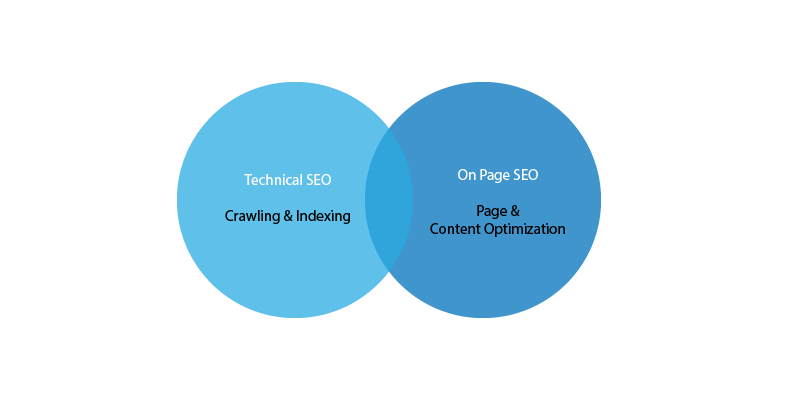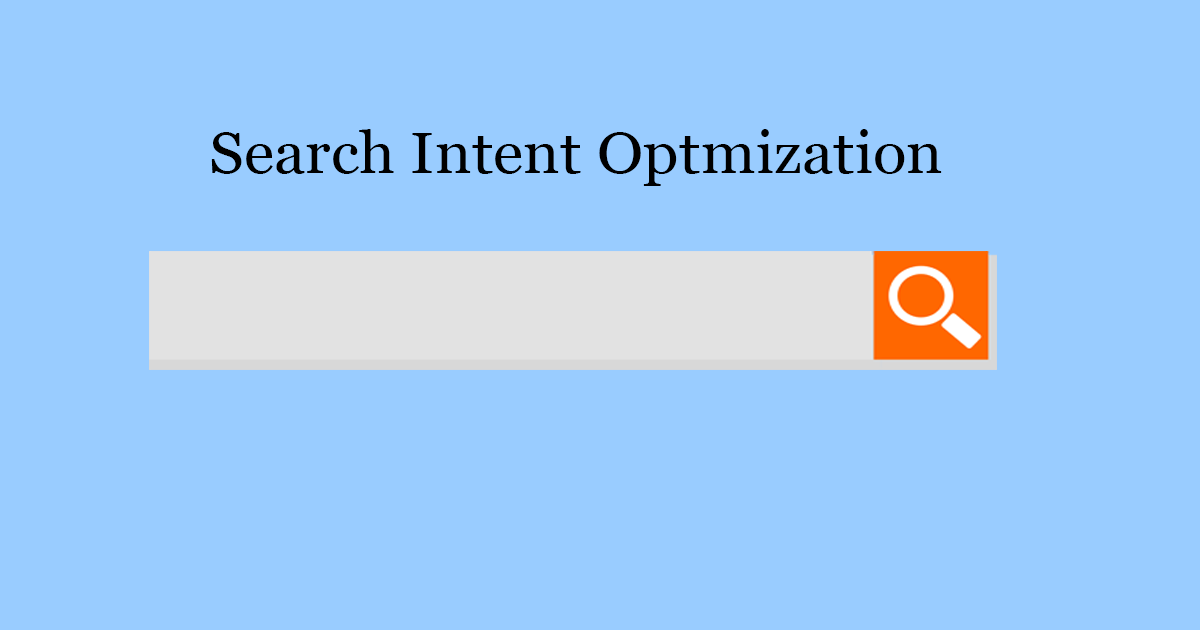UX and SEO
User Experience (UX) and Search engine optimization are two digital marketing features that go hand to hand. In this chapter, we focus on their Joint effort to find out how you can better your rankings by doing a little more on your website.
Whereas SEOs need to realize it’s not only about rankings, UX specialists have to agree that user experience comes across even before using the website.
What is User experience?
User experience is every user’s engagement with the organization, its website or products. It is the total experience affecting development of products, design, marketing and user support.
In this SEO guide, we concentrate on the “online” user experience and its correlation with SEO. UX is no longer only about meeting requirements of our customers. It’s about going above these requirements.
You should think right out of the box and develop a website that clearly covers every possible need of a customer without annoying him.
Remember:
UX is not user interface (UI). Yes, it is a part of it but we need to differentiate these terms. Imagine an store online. Even though its UI for finding a product is perfect, the overall UX will be poor if we tap on “Order & pay” and unexpectedly get an error message that the product is out of stock.
UX is nowadays leading world
The first and foremost part is to understand that UX is an endless process of improvements towards customers or buyers. It’s a philosophy the organisation should adhere to and develop its website online accordingly.
Web UX is a Combination of content and technical UX. In other words, we would say UX is everything. That’s why we need to understand its depth and impact on everyone inside and outside the company. We’re talking about:
- Website design and its navigation
- Conversion funnel optimisation
- Easy onboarding process
- Page speed
- Website responsivity
- Content optimisation
- Content structure
- Title tags and meta descriptions
- Real-time user or customer support
- Smooth performance of the tasks
UX and SEO difficulties
When we think “SEO and UX” instead of “SEO vs. UX”, we have to cope with difficulties every once in a while. All the above mentioned are not directly related to Search engine Optimization. Let us have a look at the ones that do.
Online Website Design and Navigation
Let’s set everything on a single page to assures smooth User Experience (UX). This is a Possible idea in the UX world. It is easy and it makes perfect sense. But SEOs believe that getting natural organic traffic is atleast half of the success.
Many users should come from the organic search or visit the webpage directly based on their earlier actions. Other users are referred from various sources such as PPC campaigns, social media, and blogs.
Could you imagine a single-page experience for all of these different intentions and search requests? People often use Google to find what they need. Your website should be the visible.
When it comes to your website navigation, don’t try to fit all possible landing pages there namely for the sake of search engine optimization. Providing a link to your latest blog post in the navigation indicates to Google that the URL is very important but it may not be relevant to your online website users.
Example:
Our blog generally used to have a different call-to-action buttons in the top-right corner. Not that relevant, right? Instead of it We decided to add “Subscribe to newsletter”. It makes more meaningful from the UX point of view and gives a chance to work more on our inbound marketing activities.
-
Page speed
The quicker is your website, the better is the UX. As we mentioned earlier. page speed is also one of the ranking factors. There’s a clear correlation between SEO and UX. This is possibly the easiest case to explain.
2. Optimizing Content
Know the language of a typical searcher and modify your content to it. In short, do keyword research and improve your content accordingly.
The point is to make your content available for everyone searching for a solution, product or any information that your website online may provide. Naturally, don’t forget about search intent all keyword research strategy that we explained before. So that you won’t end up optimizing for the wrong keywords.
3. Title tags and meta descriptions
The upper in the SERP you are, the higher chances you get to be clicked..
Your Main goal is to catch the searcher’s attention by writing the relevant copy of title and descriptions and that encourages them to visit your website in the SERP.
There are 3 main parts to consider when your creating title tags and meta descriptions:
- SEO – Use the appropriate keywords so crawlers can understand what is your website about and what is the main content.
- UX – Give the searchers clear and relevant information that will motivate them to click because they will notice what they are looking for.
- Marketing – Appealing copy with a clear call to action drives to higher click-through rates.
How to measure SEO and UX?
From Google Analytics through technical reports to internal data, there’s a variety of options you can make use of.
-
Behavior and Engagement metrics in Google Analytics
“Pages per session”, “Average Session duration”, “Bounce rate” gives us a overall basic view on visitor interaction with the website. These metrics are in almost every report in Google Analytics, so you can view them for different traffic sources.
The more elaborate information is accessible in the “Behavior” category. The “behavior flow” describes you how visitors interact with different sections of your website online. Advanced options let you view reports based on landing pages, traffic sources, campaigns and others.
Though the report is generally based on a small percentage of website visitors, it comes with a piece of useful advice: It tells you how many users went through or dropped-off when viewing that particular section.
2. Conversion funnels in Google Analytics (GA)
This report describes how people interact with the checkout page on your website online. If there is more than one step in the checkout process? In this case, remember to properly set up the goal tracking in the admin menu.
This way, you will measure how many visitors went through all the steps and how many dropped throughout the process. It can be a buying process, registration form or subscription form on your blog. It’s just another extremely meaningful piece of information for UX improvement..
If the majority of the website visitors who visited the checkout process did not even fill up the first form then you know there’s something not right.
3. Heatmaps and recordings
Heatmaps project the behavior of website visitors while offering many useful reports. Advanced heatmap tools such as Crazyegg or Hotjar come with complex analytical solutions but they can be too expensive for small businesses or bloggers. For newbies, a limited free plan by Hotjar or Ptengine may be a good start.
Heatmaps are very helpful when it comes to both UX and SEO. The power of heatmaps is in the skill to figure out exactly where visitors click and what are the elements they expect to be clickable, how they scroll, interact, fill up forms.
Superior heatmap tools include the recordings of the user behavior. Are they valuable? Yes, but not for everyone. Businesses with more complicated (E-Commerce) pages (and generally with bigger budgets) should get it, but there is no need for bloggers to spend hundreds of dollars on these expert tools. Limited free versions are sufficient.
4. Internal data
Do you have any idea what’s great about internal data? There aren’t any extra costs. You can generate these reports packed with meaningful information all the time:
- Feedback forms
- Customer questions
- Customer complaints and wishes
- Comments and reactions
- Email responses
- Reports from website developers
- Marketing reports
5. Site speed and Testing:
Testing the website online before it’s launched is a must! Beta testers provide more needful information. They are real first users. Above all, you can do some usability testing with, friends, colleagues or fans during the development process.
Pay attention to key factors such as mobile optimization, page speed, and other important on-page SEO aspects.












